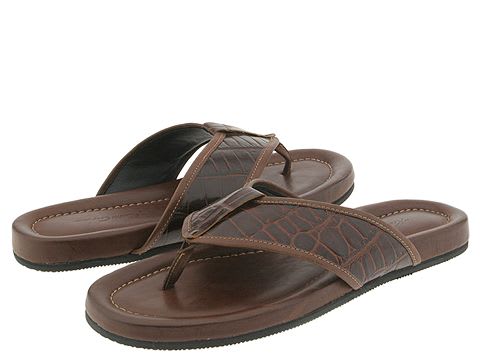One of the nine decrees of Rabban Yochanan ben Zakkai is that the Kohanim are not allowed to wear sandals when they ascend the duchan to bless the congregation (Rosh HaShana 31b). Since most of the other decrees are related to the Temple and especially to adjusting to the destruction of the Mikdash, the natural tendency would be to assume that this decree too is a commemoration of the Temple, where the Kohanim were forbidden to wear any kind of footwear. This seems to find an echo in the Rambam, who writes that the Kohanim are not allowed to wear shoes and then makes the seemingly superfluous addition, “rather they stand barefoot” (Mishna Torah Tefillah 14:6).
However, we find that the later Sages gave a much different interpretation to this law. In Sotah 40a, the gemara gives various examples of the great “awe of the public”, the honor which needs to be given to the congregation. One example given is the prohibition for Kohanim to wear shoes on the duchan; Rashi explains that since the shoes are dirty it is not really respectable for the Kohanim to wear them as they bless the people. This approach finds expression in the ruling that the shoes themselves should be placed out of sight so that the congregation won’t be offended by seeing them (MB 128:15), and in the rule that even socks shouldn’t be worn if they are commonly worn outside and get dirty (MB 128:18).
Yet Rav Ashi, one of the latest sages of the Talmud, gives an entirely different rationale for this decree: “Lest his shoelace become untied, and when he steps aside to tie it people will say that he is the son of a divorcee”, and therefore not a Kohen. For this reason even indoor shoes (such as fabric slippers) are forbidden if they have laces (Aruch HaShulchan OC 128:12).
Let us examine the factual basis for Rav Ashi’s explanation. On the one hand, shoes add to our dignity. Yet they may sometimes come undone; then they become a disgrace. The Kohen would rather step aside from the duchan and endure rumors that he is not a kosher Kohen than remain on the duchan and endure the embarrassment of having everyone see his shoe untied. Evidently Rebbe Yochanan ben Zakkai concluded that it is better if all Kohanim dispense with shoes altogether; then there is no embarrassment in ascending the duchan barefoot.
We may conjecture that shoes did not come untied so often that unsavory rumors were really a widespread problem. But the very hypothetical situation of the untied shoelaces is a symptom of a grave problem; there is something inherently wrong with our attachment to our shoes if we consider an untied shoe more of a disgrace than a blemished pedigree! In this context, even a tied shoe loses its aura of dignity; it comes to symbolize subjugation to social convention rather than human elevation.
There is nothing wrong with conventions and customs, and the dignity we attach to them. But we also have to know when to put these petty observances aside and focus on our inherent human dignity. As the Kohanim ascend the duchan to bless the people, they need to put aside accouterments of mere social and conventional elevation. They should be concentrating on the unique spiritual elevation which their descent gives them, and which alone enables them to be the vehicle of the special Divine blessing of Birchat Kohanim.
Rabbi Asher Meir is the author of the book Meaning in Mitzvot, distributed by Feldheim. The book provides insights into the inner meaning of our daily practices, following the order of the 221 chapters of the Kitzur Shulchan Arukh.
The words of this author reflect his/her own opinions and do not necessarily represent the official position of the Orthodox Union.
